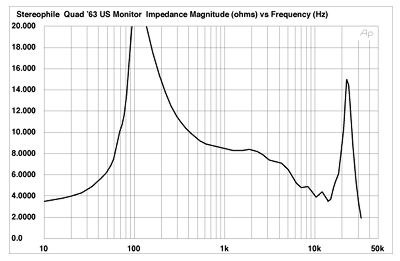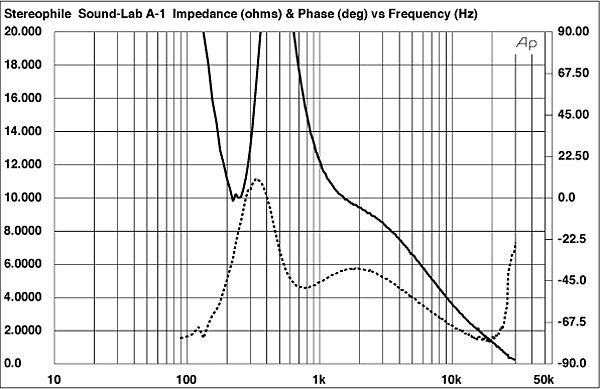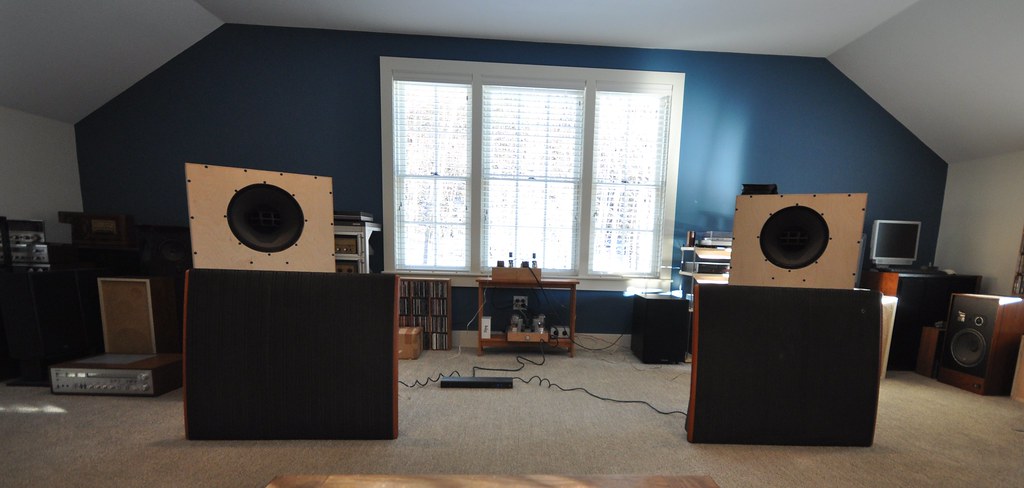mhardy6647
Grand Contributor
- Joined
- Dec 12, 2019
- Messages
- 11,373
- Likes
- 24,587


Quad ESL 63




Krell FPB 350 mcx at about 5 watts into MartinLogan reQuest electrostatic hybrid here in the audiotorium:
The vertical scale is 1/10 dB and the impedance of the speaker drops severely at the high frequencies.

And Stereophile's measurement of the speaker impedance - not the same model, but the prior version, and should be representative.
The FR dips above follow the impedance dips below
View attachment 271641
I have a question. The measurements were taken at 5w. What if it's 10w? Will everything increase by 3db (taking assumption of 2x power for every 3db increase) or increase will vary between different frequencies?
Pfffft, just a bell boy!Mr. Sumner himself might even approve.

There's another thread here somewhere comparing THD of some expensive amps, and Stereophile measures that and other things. Different amps definitely do not measure the same. The question is do they sound different-I have mixed opinions, as I've sometimes swapped amps and heard a different sound (however not under blind conditions and hence unscientific). Then again there was thisWhen I introduced a Studio 530 into the mix and was measuring things electrically not acoustically, the PM-10 was superior to PM-11s2 in performance in terms of THD (how the load increases THD compared to a resistor) and consistency of the frequency response.
5 watts is pretty loud for a sweep.
I do have the frequency response for a range of speaker outputs, though. If the amplifier was changing, other than output level, then so would the speaker.
I don't see it in these 24 sweeps:
View attachment 271794
Ambient room noise interferes with the low level low frequencies, and my room has a hole around 48Hz.
---
As for phase, the same situation.
Here, the three lowest level traces are removed as they didn't fit the pattern of the other 21 sweeps, also, likely noise related:
View attachment 271796
Distortion:
Measured distortion is dominated by noise until the the highest SPLs are reached, where the distortion measurement bottoms out then begins to rise a little.
Lowest SPL at the top, increasing toward the bottom trace.
The bold trace is the highest SPL, and measured distortion has just begun to rise out of the noise floor,
View attachment 271802
Conclusion:
No audible differences as the sweep levels are increased from very low to rather high. Hearing protection desired at the higher sweep levels.
